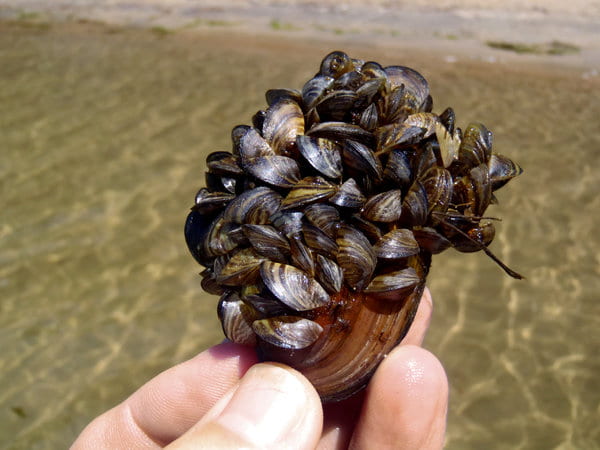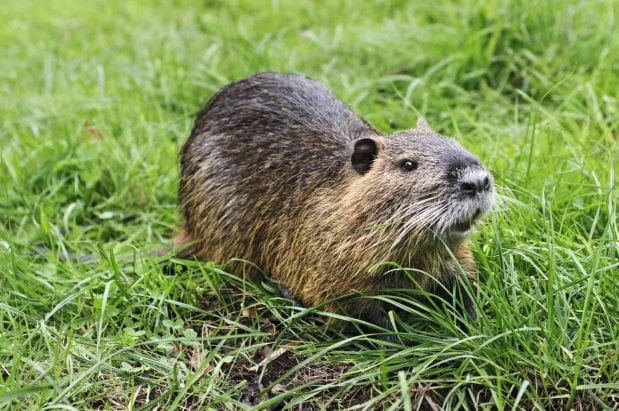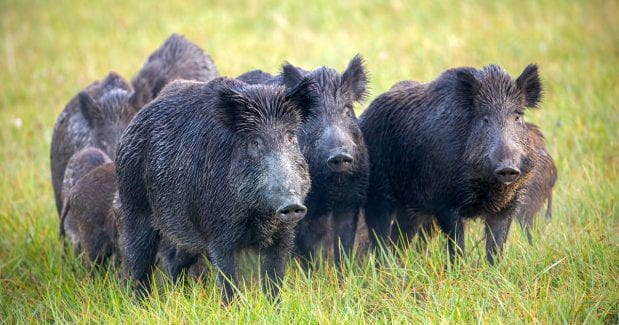New Times San Luis Obispo. (2023, July 06). SLO County uses dogs and more to inspect for invasive mussels in local lakes. Retrieved September 04, 2023, from https://www.newtimesslo.com/news/slo-county-uses-dogs-and-more-to-inspect-for-invasive-mussels-in-local-lakes-14070905
Quagga and Zebra mussels, not native to California are being found in lakes throughout it making them an invasive species. These mussels lay up to a million eggs up to three times per year. They outcompete native species for food, damage boats, and reduce water quality. To get rid of these mussels, boat inspections are done before and after they enter lakes. During these inspections, people find the large mussels, and dogs sniff out the hard-to-see juveniles. Boaters also “wash the hulls thoroughly, remove all plant and animal material, drain and dry all areas including the lower outboard unit, dispose of any unused bait in the trash, and empty and dry any buckets”(Rajagopal).
This article is related to environmental science because it talks about two invasive species and the damage they cause to the environments they get introduced to. This damage comes from these fast-reproducing animals out-competing other species for food, destroying many species shelters like algae, and lowering water quality. This can ruin the lakes for not just the organisms in the lakes, but also people who go fishing for food, and organisms in the surrounding area. Thankfully an effort is being made against these invasive mussels from entering other lakes through inspections and protocols for boats entering and leaving the lakes. I found this article interesting since I have never heard of freshwater invasive mussels in California. However, I do find the approach to stop the mussels very effective in preventing them from entering new bodies of water. We still need better techniques to get rid of the mussels already in the lakes in my opinion.




